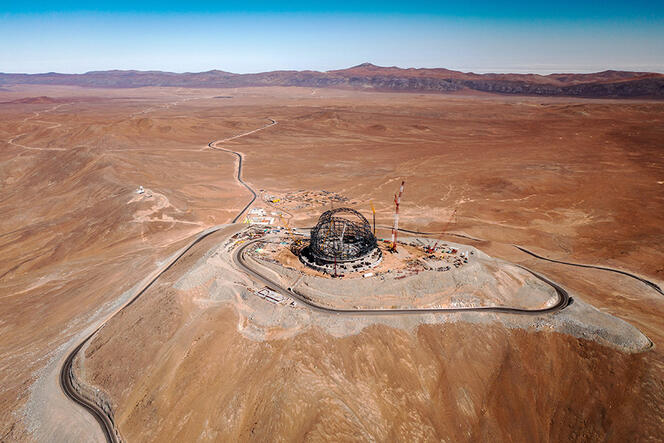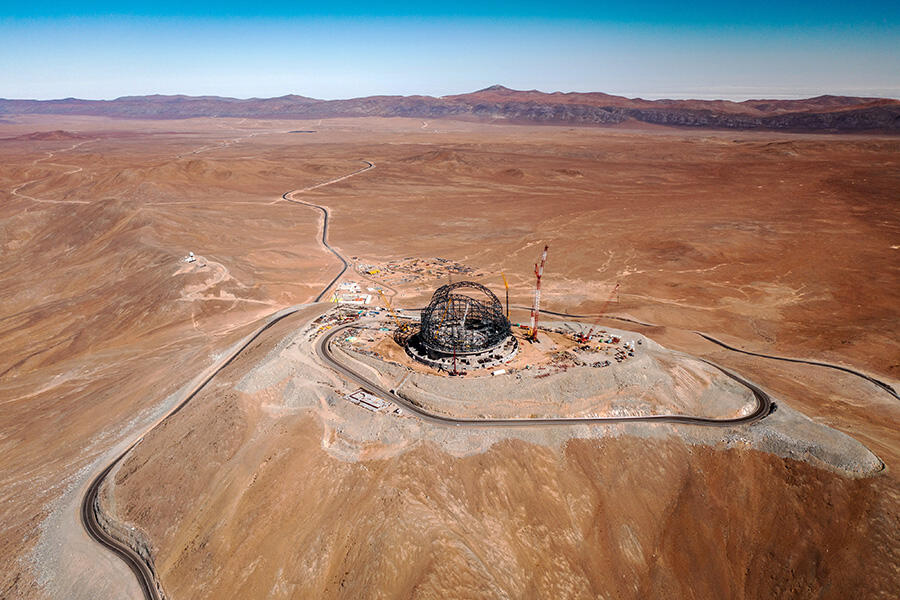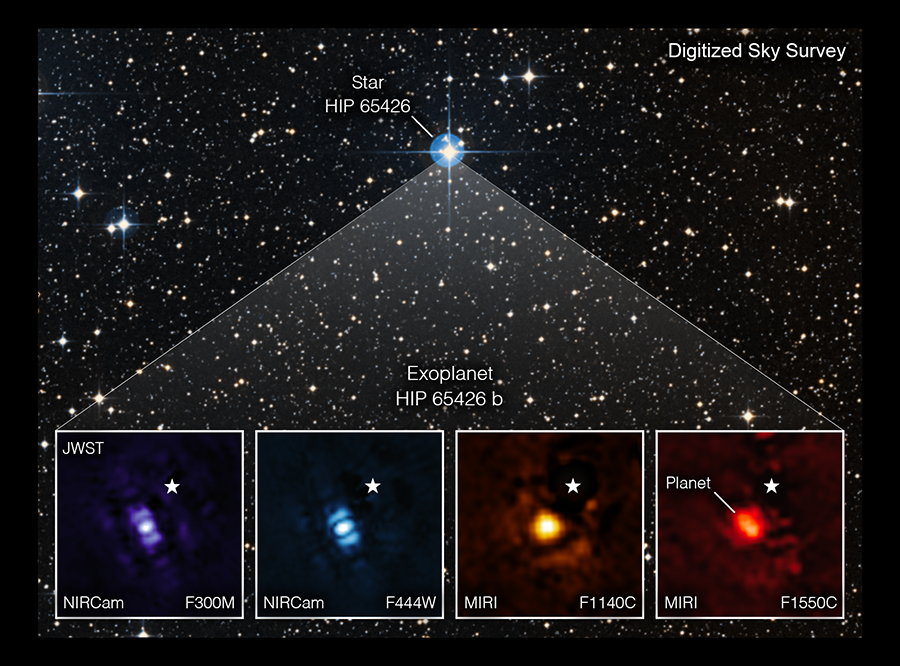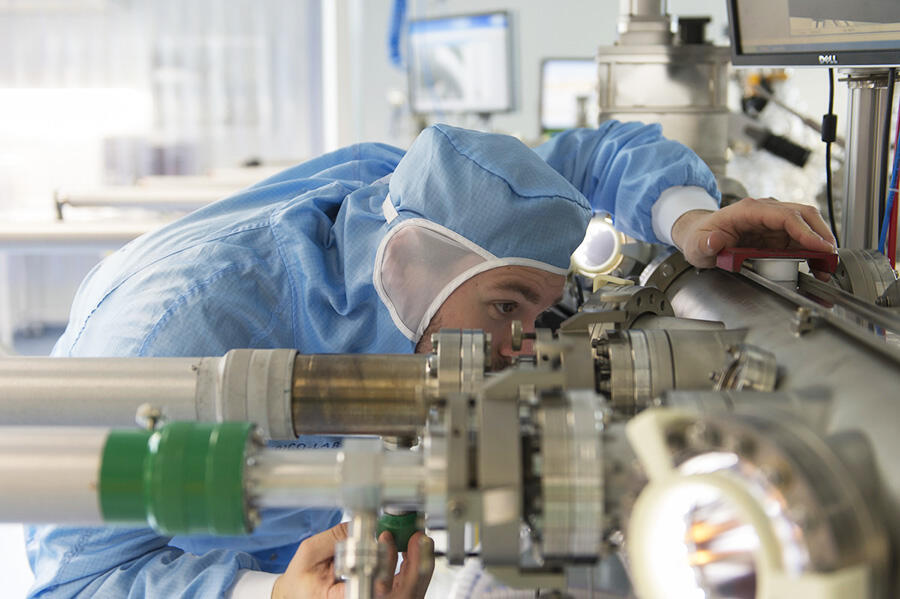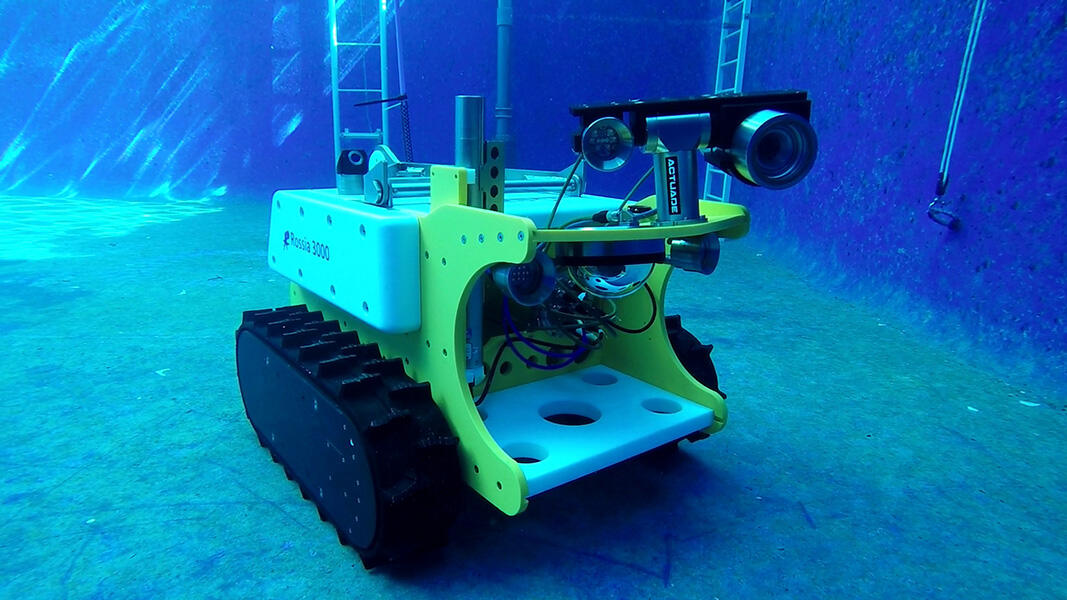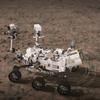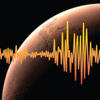You are here
Investigating the origins of life

“Are we alone in the Universe? Do other kinds of life exist and would we be able to interact with them?” To try and find out, the Origins Priority Research Programme and Infrastructure (PEPR), led by the CNRS in partnership with 28 French scientific organisations, was launched on 18 September. With a budget of €45.5 million over seven years and involving more than a hundred scientists, the Origins programme aims, as its name suggests, to unlock the mysteries of the origins of planets and of life. The scientists, including astrophysicists, chemists, historians of science, physicists, geologists, biologists and anthropologists, will strive to devise, develop and design a whole range of groundbreaking instruments by the end of the decade. These resources should enable them to understand the conditions necessary for the emergence of life and for the formation and evolution of planets – and eventually find the answers to questions that have long intrigued humanity. The project will be led by the astrophysicist Alessandro Morbidelli, from the J-L Lagrange Laboratory1 in Nice (southeastern France), best known for his model of the formation of the Solar System called the “Nice Model” and Maud Langlois, an astrophysicist specialising in the direct detection of exoplanets2, and a senior researcher at the CRAL3.
At first sight, the search for the origins of life might seem a job for chemists and microbiologists. However, the only planet where we know life has developed is Earth. And to understand how biological activity can arise, it is essential to study how planets and systems form. Origins therefore focuses on five key areas: the detection and characterisation of exoplanets by direct imaging; the chemical and isotopic analysis of primitive samples (both terrestrial and extraterrestrial); the study of the Earth as a habitable planet; laboratory experiments in astrobiology and bioanalysis of samples from ancient Earth and Mars; and numerical modelling and data analysis.
“Although astrobiology lies at the heart of the project, together with the study of the formation of exoplanets and their detection, Origins also focuses on planetary science, especially with regard to seismology. The digital dimension has not been overlooked, in fact quite the opposite. One of the programme's aims is to numerically model the data recorded and collected,” Langlois explains.
The world's largest optical telescope
For the astrophysicist, another of the project's objectives will be to “characterise the atmospheres of selected exoplanets. In other words, we want to be able to determine what chemical or possibly biological processes might be at work in their atmospheres. Above all, we need to be in a position to interpret what we call spectral data, which is obtained by studying the light that reaches us directly from exoplanets”.
This vital information could provide scientists with evidence about the presence or otherwise of specific molecules characteristic of the existence of life or of processes requiring water, for example. These are what are known as biosignatures. “The ones we expect to see are simple molecules such as ozone (O3), methane (CH4) and nitrous oxide (N2O),” the researcher explains. “The main problem is that we have very few clues as to what form life might take on a planet other than our own.”
Inferring all this information solely from the analysis of the light from exoplanets is extremely tricky. No telescope, on Earth or in space, is currently capable of directly observing the details of an exoplanet's surface. “The first problem with detecting extrasolar planets is that you have to use a large telescope to be able to separate the light emitted by their host stars and that coming from the planets themselves. This task is most difficult, even from space using an instrument like the James Webb Space Telescope,” Langlois emphasises. This is where the Origins PEPR's groundbreaking technologies come in, such as the development of new dedicated instruments for the European Extremely Large Telescope (ELT), which will be the world's largest ground-based optical instrument of its kind. Currently being built in Chile's Atacama Desert by the European Southern Observatory, the ELT's primary mirror will have a diameter of 39 metres, the largest ever designed.
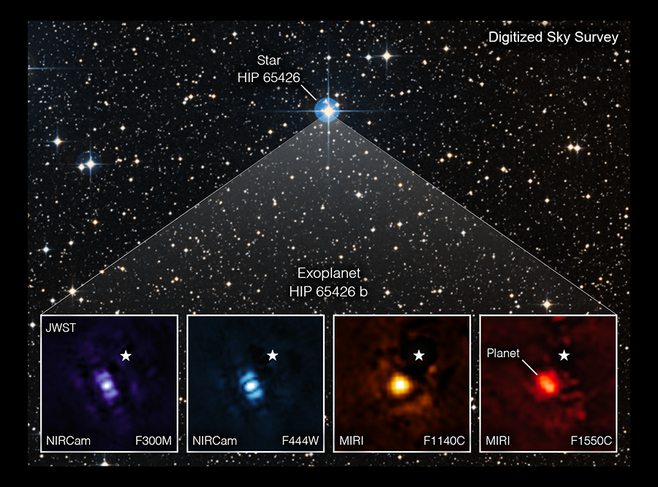
The second challenge is to resolve the very faint light reflected by the exoplanets selected for observation. This light, like all the light that reaches us from space, has to travel through Earth's turbulent atmosphere before being captured by ground-based instruments. As a result, rather than a sharp, bright spot of light, it would come out blurred, as would happen with astigmatism.
To compensate for this distortion, astrophysicists have developed a technology called adaptive optics. This method “uses deformable mirrors that correct the defects induced by atmospheric turbulence and ensure that the light that reaches us is concentrated just as if there were no atmosphere,” Langlois says. “This is relatively tricky because atmospheric turbulence changes very quickly, which means the shape of the mirrors has to be adjusted several times per millisecond.”
In addition, with the aim of capturing as much light as possible from the stars and their associated planets, the ELT will only target celestial bodies within a maximum radius of 100 parsecs (1 parsec = 3.2 light-years) around the Sun.
Returning samples from space
Another part of the project concerns the analysis of samples from Mars, its moons and other bodies in the Solar System. The return of these samples depends on the successful outcome of highly complex space missions. Although Hayabusa 2 and OSIRIS-REx returned material from asteroids in 2020 and September 2023 respectively, specimens collected directly from the surface of Mars or from its moons have not yet been brought back to Earth, which is why scientists are eagerly awaiting other missions such as MMX (Martian Moons Exploration, whose return is scheduled for 2029) and Perseverance, which is collecting samples from the Martian surface pending a recovery mission planned for the early 2030s.
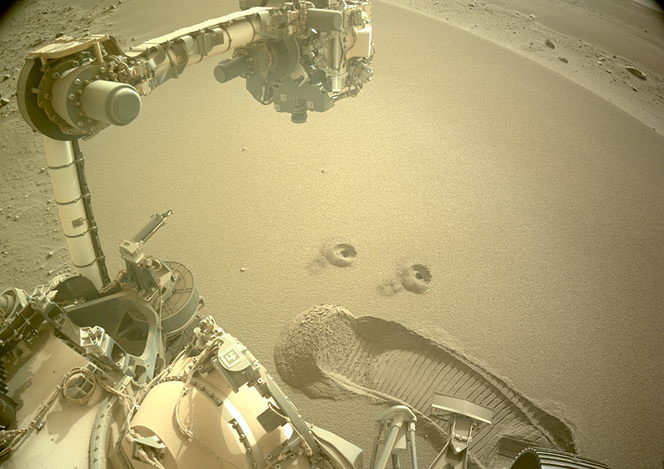


“It is essential that analytical tools are developed by then, so that scientists can make the best use of this precious material,” Langlois stresses. Once the samples are back on Earth, they will be subjected to detailed analysis. The objective is to “identify organic or potentially biological molecules in interaction with inorganic materials,” explains Maguy Jaber, a lecturer and researcher at the LAMS4, who is not involved in the Origins PEPR. To achieve this goal, “three key challenges must be met”. The first is connected to the fact that some analytical techniques are destructive, meaning that once the experiment is over, the sample is lost, which is problematical given the small amounts of material available. The second relates to the detection methods, which “must be agnostic, in other words, applicable even if the nature of the samples is unknown, which considerably complicates the task”, Jaber points out. In fact, since researchers have no idea what types of molecule make up extraterrestrial biological systems, one of the main difficulties will be to successfully differentiate between biotic and abiotic molecular systems. The third challenge is to preserve the samples from potential contamination, requiring some of them to be completely isolated from the Earth's atmosphere.
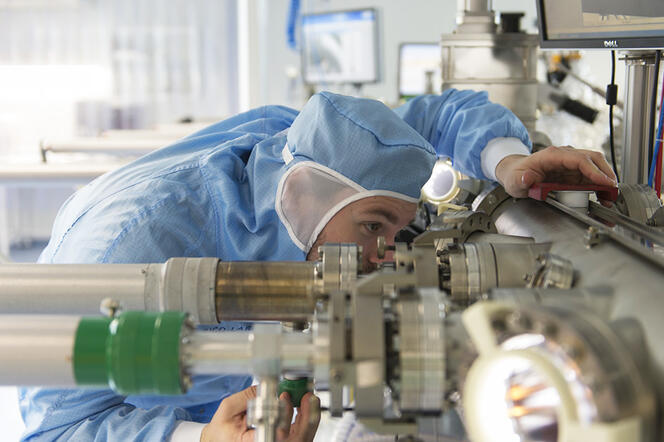
Four major projects will be launched to that effect. The first concerns infrared hyperspectral imaging at the sub-micrometre scale by combining an atomic force microscope with an infrared analyser. This technique, which is particularly well-suited to the size of the samples, will be used to identify and characterise organic molecules.
The second instrument is a tomographic atom probe, which is able to determine elemental and isotopic composition in three dimensions on atomic scales. In addition, detecting molecules that may be present in the samples, but only in trace amounts not exceeding a few parts per million, requires extremely precise techniques based on ultra-high resolution mass spectrometry under ultra-high vacuum. This method is “the only one that can formally identify the organic molecules present in a sample”, Jaber insists.
The final cutting-edge technology used is based on the development of high-security analysis chambers that will pre-characterise unknown samples under a controlled atmosphere.
Back on Earth
Over the next seven years, in parallel with space observations, the scientists also plan an in-depth study of the Earth, and more specifically of submarine quakes. The seabed will be surveyed by small quasi-autonomous underwater vehicles (AUVs) equipped with seismographs. “This is one way in which scientists can multiply their measurement points,” Langlois explains. Hundreds of these AUVs will criss-cross the oceans, not only carrying out their initial mission, but also measuring signals other than those from earthquakes. “They could be used to study the migration of cetaceans for instance, or to measure the temperature and composition of the water,” the researcher adds. This data could even help to refine climate models.

The humanities and social sciences (HSS) will also play a role in the programme. “Because this is a large-scale project that aims to tackle major issues, it inevitably has a societal and cultural dimension. It's important for the HSS to be involved because these are fundamental matters for contemporary societies,” points out Charlotte Bigg, a science and technology historian at the Alexandre Koyré centre5. “The question of the origins of life and of the Earth is not just a scientific one.”
Long before astrophysics and astrobiology stepped in, “every human society wondered about how life originated, how animals and plants grow, and why planets exist,” says Perig Pitrou, a research professor at the CNRS, in charge of anthropology of life at the Collège de France, and also attached to the Maison Française d'Oxford6. “This human and social dimension of research into our origins will be explored by the HSS. In addition, these sciences are able to provide a critical perspective on current research.” So that, as part of the Origins PEPR, “the role of the humanities and social sciences will be to undertake a kind of real-time analysis of the new concepts being developed,” the researcher concludes. ♦
To find out more
Two rovers in search of signs of life on Mars
Hayabusa 2 brings back asteroid dust
How to deflect a killer asteroid
- 1. CNRS / Observatoire de la Côte d’Azur / Université Côte d’Azur.
- 2. Exoplanets, or extrasolar planets, are planets orbiting stars other than our own Sun.
- 3. Centre de Recherche Astrophysique de Lyon (CNRS / ENS Lyon / Université Claude Bernard Lyon 1).
- 4. Laboratoire d’Archéologie Moléculaire et Structurale (CNRS / Sorbonne Université).
- 5. CNRS / EHESS / MNHN.
- 6. CNRS / MEAE / University of Oxford.


